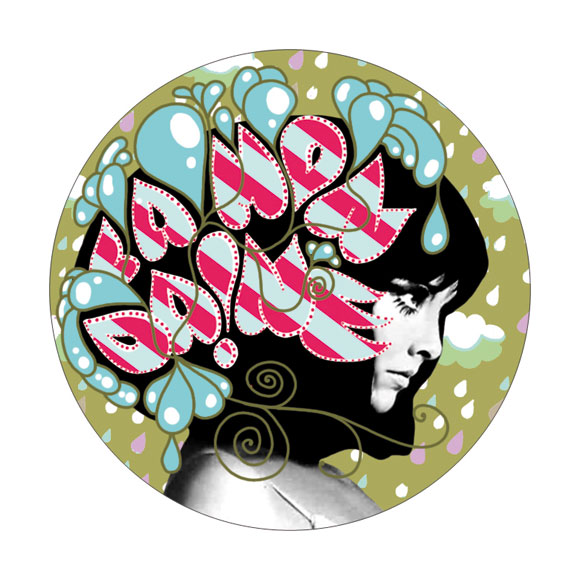MACHAS
News - All the latest news straight from the artists themselves

Featured Artist: Leslie Clerc
M: When and how did you decide that creativity was going to be your job?
LC: I guess like some people shows skills in maths from a very young age, I had a real talent for not being serious, asking weird questions and drawing and writing all the time!
I grew up in a strict private school environment with the label “artist” stamped on my forehead: parents in advertising, no siblings, no religion… no credit.
Arts and books helped me to resist the pressure and to develop my own view on the way to make the most of the “system” without being enslaved to it. After all, the education I had gave me the idea that having a creative job was the only way to have a little bit of fun in this stupid life.
M: What inspired you to follow this path?
LC: My mum raised me and ever since I was a child she told me stories about advertising. I wouldn’t be honest if I’d deny that this was a huge influence on me. I was 12 when she explained me what was an art director. The job looked awesome: getting paid to have good ideas, wow, I knew that it would be the perfect job for me!
Of course things turned out to be a little bit harder than I thought: at the beginning I was a romantic geek, solitary and idealistic, influenced by artists such as Alphonse Mucha, Douanier Rousseau, Frida Khalo, Kandinsky, Chagall and I didn’t understand much about marketing.
M: How does your creative process work?
LC: It depends. For a commercial illustration I first analyze the brief by writing down all the keywords in a list. If I can’t find an idea, I search for inspiration on the web or in books. I bookmark every potential reference I see, like websites, blogs, images or ideas so I usually know quite well where to find the inspiration I am looking for. Normally at the end of this process the idea is quite clear in my head so I can make the roughs and start to produce.
As an art director I have a similar process: I identify the keywords and then I write a short story, jotting down evert detail that comes in mind. Once the story is good enough, I draw some roughs and create a moodboard illustration to make the story easily comprehensible and attractive for the client. I also like to sit down and discuss my idea with the client, in fact my first goal is to make him confident with my work.
M: Is there any project that you’d like to work on?
LC: Any project that is bigger, harder and funnier than what I’ve already done.
M: What’s inspiring you now?
LC: I pay a lot of attention to every new interactive technology and environmental design, especially mapping projects, neon or led installations. More in general I’m interested in every creative who tries to develop new ways of entertaining people with beauty - this is my actual obsession.